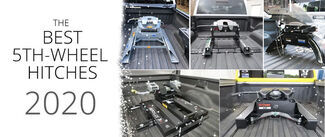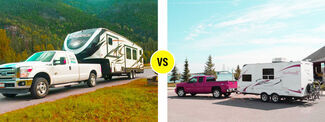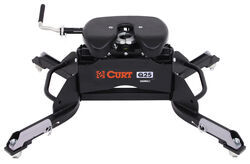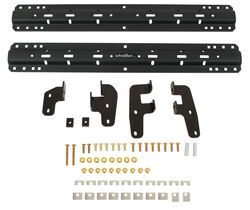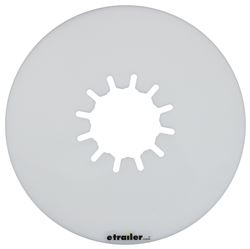
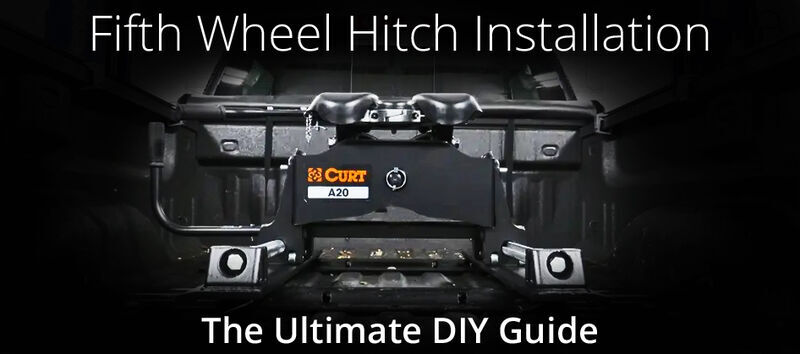
Fifth Wheel Hitch Installation | The Ultimate DIY Guide
Can you install a fifth-wheel hitch on your own?
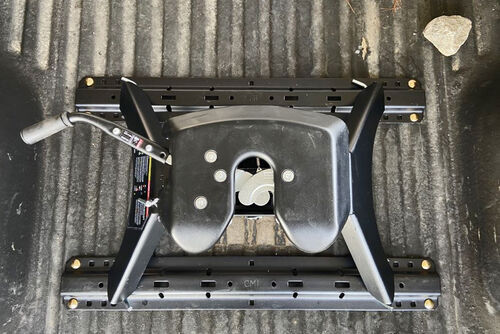
How to Install a Fifth Wheel Hitch Like a Pro
Measure and Mark Your Truck Bed for Bolts and Hitch Attachments Drill Out Holes for Frame Brakes (if Required) and Truck Bed Holes Bolt the Rails and Brackets in Place
Drill Torque Wrench Jack(s)/Lift Measuring Tape
Tips for a Smooth Installation
Using a lift will help speed up the process and make it easier for you to access the underneath of your truck. However, most people don't have access to a lift. In that case, we recommend using ramps or jacks to lift your vehicle to give you better access. Make sure that you already have your fifth-wheel hitch with you before you begin this installation, as it will make lining up and installing the rails easier. This will also allow you to make sure you've installed the rails correctly and allow you to make necessary adjustments.
1. Measure and Mark Your Truck Bed for Bolts and Hitch Attachments
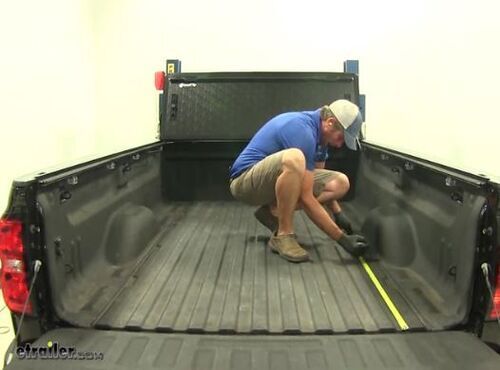
2. Drill Out Holes for Frame Brackets (if Required) and Truck Bed Holes
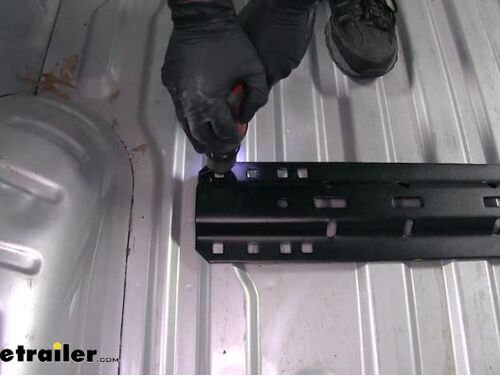
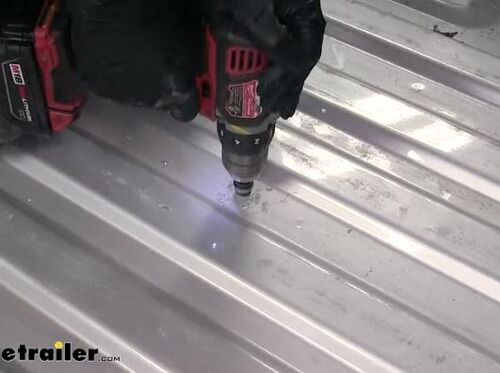
3. Bolt the Rails and Brackets in Place
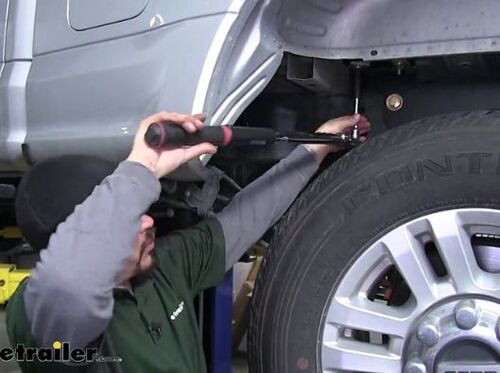
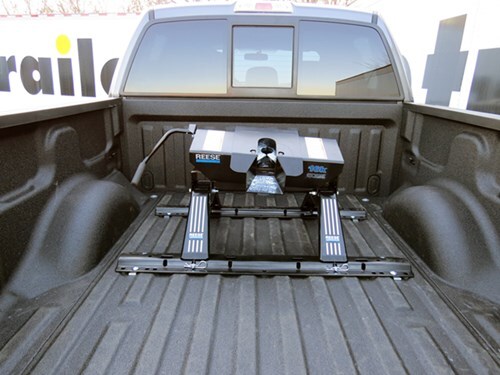
Fifth-Wheel Hitch FAQs
What Kind of Fifth-Wheel Hitch Do I Need?
Factory 5th Wheel Prep vs Aftermarket System: Determine if your truck has (or will have if you haven't bought it yet), a factory 5th-wheel prep package, or if you will be installing an aftermarket system. Custom vs Universal Installation: Decide if you want to drill into the frame of your truck (universal install), or if you want to only have to drill into your truck bed (custom install). Above-Bed vs Below-Bed Rails: Decide if you want rails permanently in your bed, or if you want a factory look with under bed rails.
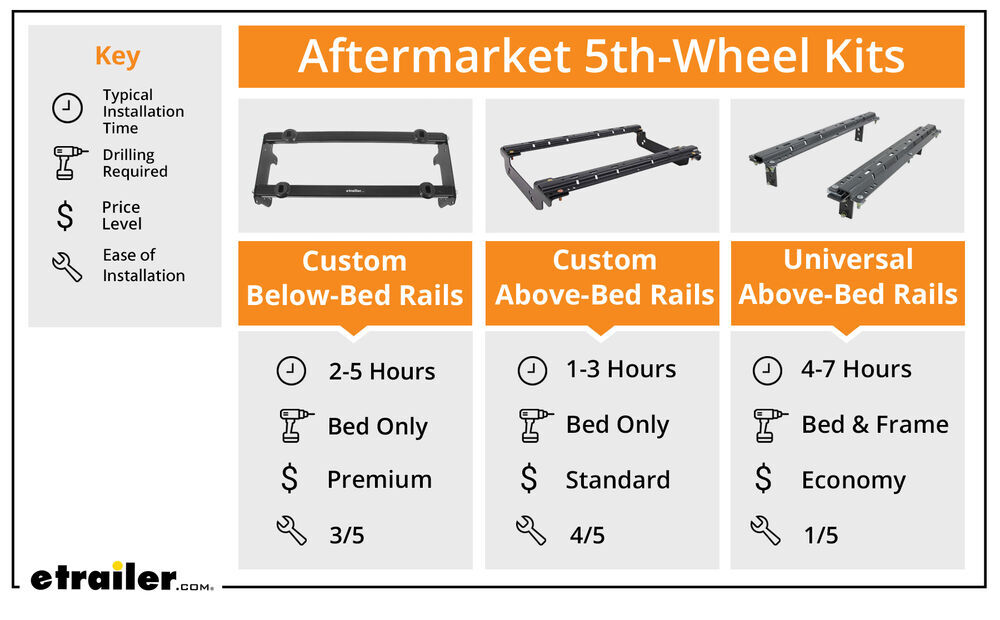
1. Factory 5th Wheel Prep vs Aftermarket System
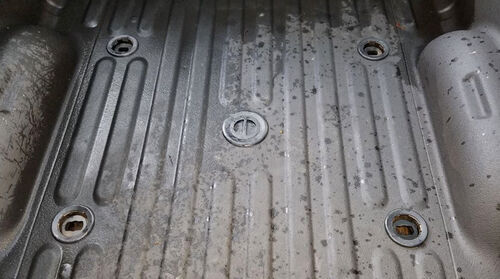
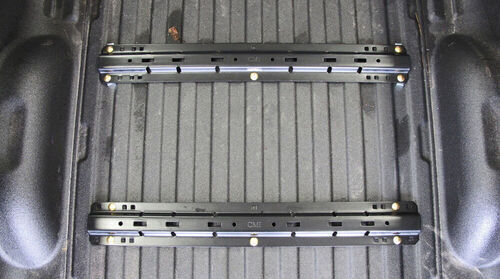
Factory 5th Wheel Prep Package (Puck System)
Aftermarket System
2. Custom vs Universal Installation for Above-Bed Rails
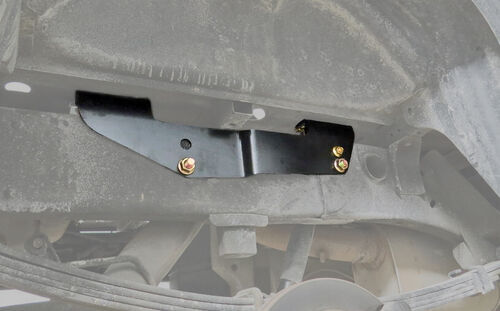
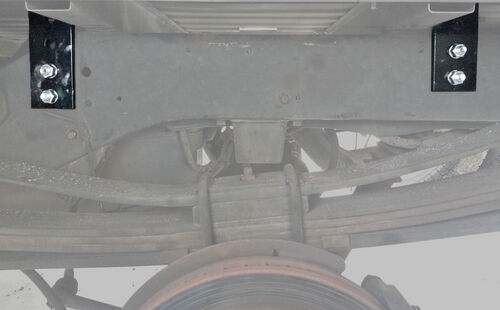
Universal Installation
Custom Installation
3. Above-Bed vs Below-Bed Rails
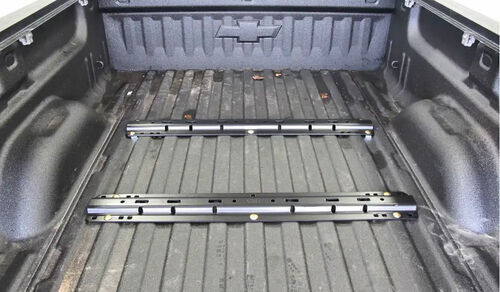
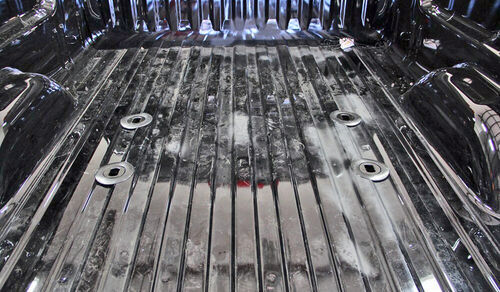
Above-Bed Rails
Below-Bed Rails
How long does it take to install a fifth-wheel hitch?
Are fifth-wheel hitch rails universal?

Departments
Towing
- Trailer Hitch
- Fifth Wheel
- Gooseneck
- Towing a Vehicle
- Front Hitch
- RV Hitch
- ATV Hitch
- HD Truck Hitch
- Vehicle Wiring
- Brake Controller
- Ball Mounts
- Weight Distribution
Sports and Recreation
Trailer Parts
- Utility Trailer
- Boat Trailer
- Landscape Trailer
- Enclosed Trailer
- 5th/Camper Trailer
- Car Hauler
- Horse Trailer
Vehicle
Contact & Help

What our customers are saying:
"In these days of customer "no service" I am usually disapointed when doing business with people I don't know. It was refreshing doing business with you. I'm impressed!"
Randy
Watkinsville, GA
Popular Vehicles
- Subaru Forester
- Ford F-350 Super Duty
- Ford F-250 Super Duty
- Chevrolet Silverado 1500
- Jeep Wrangler Unlimited
- Jeep Wrangler
- Ram 3500
- Toyota Highlander
- Ram 2500
- Chevrolet Silverado 2500
- Subaru Outback Wagon
- Chevrolet Silverado
- Dodge Ram Pickup
- GMC Sierra 2500
- Ram 1500
- Ford F-250 and F-350 Super Duty
- Jeep Grand Cherokee
- Toyota Tacoma
- GMC Sierra 3500
- Toyota Tundra
- Ford Escape
- More >>



